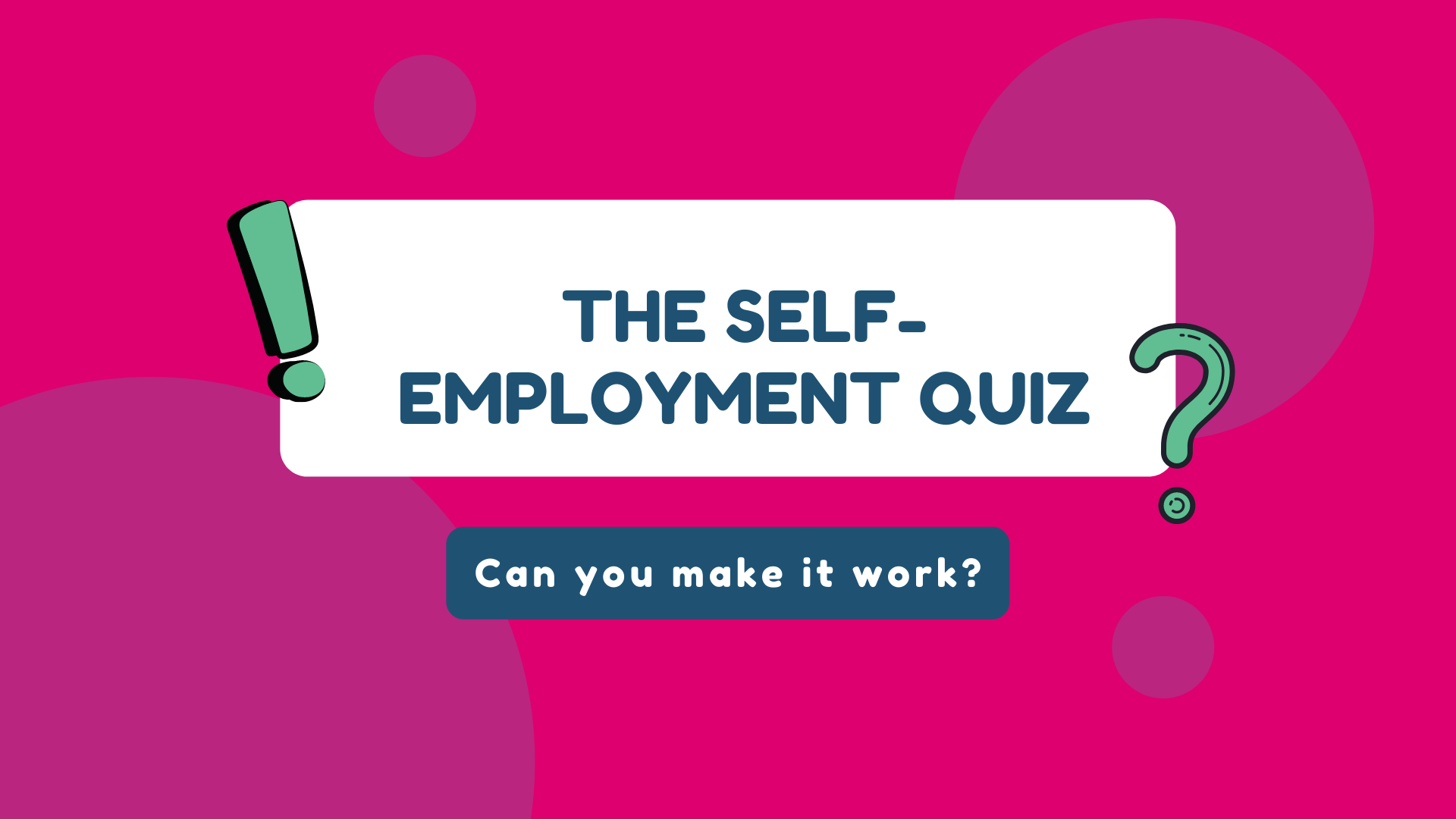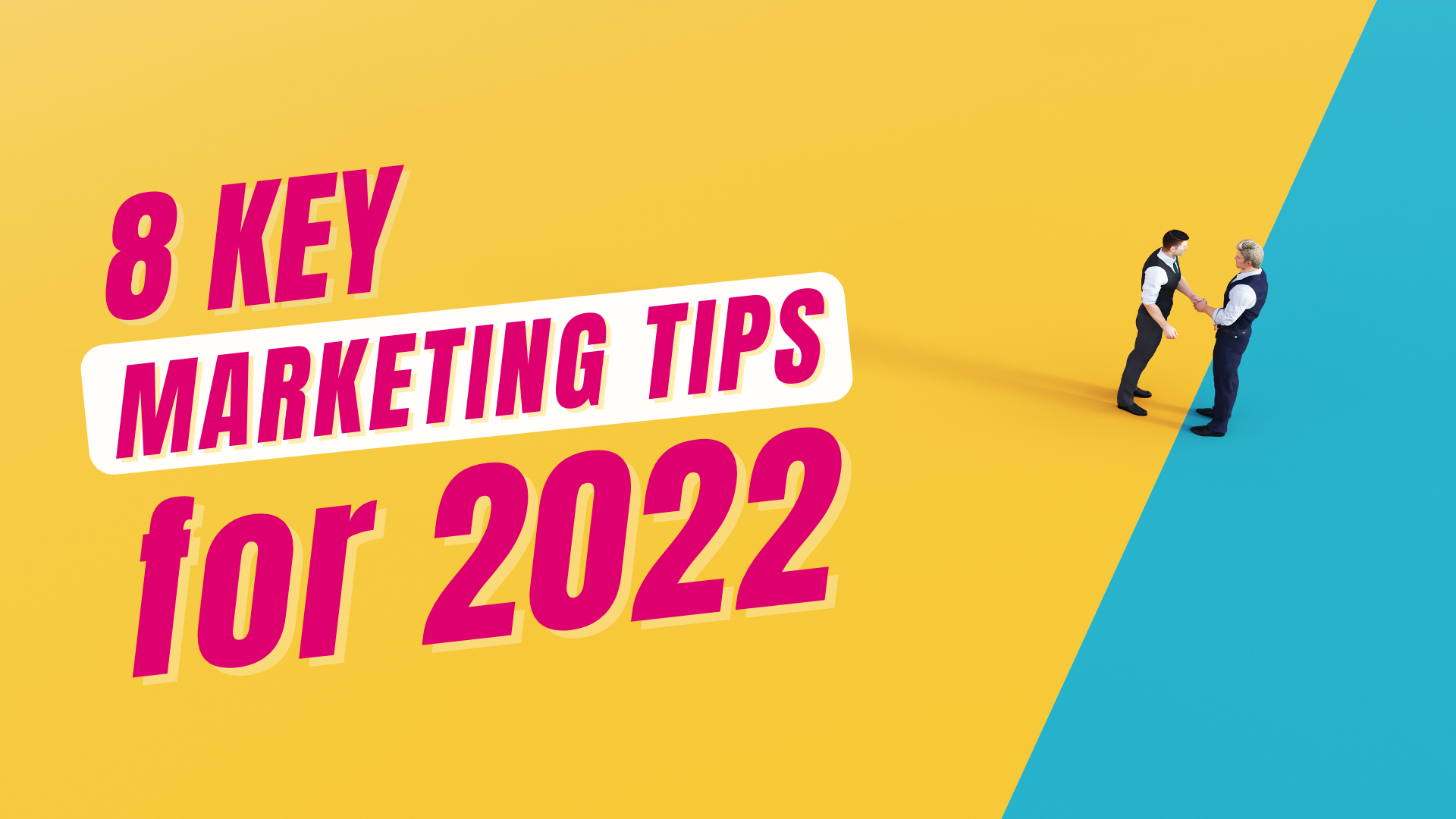Self-employment can be a great option for people who want to spend more time with their family or want the freedom and independence that come with running their own business. But is it right for you?
To find out, take this quiz:
**Answer each question with a Yes or No
1) Are you confident in your skills and expertise?
2) Do you have skills and passion for the business you’re considering?
3) Do you enjoy working alone?
4) Do you have good time management skills? (E.g. can you juggle multiple tasks and responsibilities at the same time?)
5) Are you self-motivated and disciplined enough to work without someone telling you what to do? (E.g setting your own deadlines)
6) Are you confident in your ability to take on a variety of roles—marketing, business management, accounting, etc.?
7) Are you a quick learner and do you like to learn new skills?
8) Do you find yourself coming up with and pursuing new initiatives?
9) Can you handle making decisions on your own when things get tough?
10) When things go wrong, are you able to pick yourself up and problem-solve?
11) Do you have the knowledge and skills to make your own product or service?
12) Do you know how to promote yourself so that others will buy from you?
13) Would you be comfortable reaching out to a network of peers or contacts to establish meaningful and lasting relationships?
14) Are you able and willing to forego your paycheck in the early years, in order to earn income from offering your own products and services? (E.g. Can you live without an income until your business reaches breakeven?)
15) Are you willing and prepared to work long hours in the beginning?
16) Are people in your life aware of the effect a drastic change in your lifestyle, career path, or financial stability may have?
17) Can you live with high levels of uncertainty?
18) Are you resilient? (E.g mentally and emotionally)
19) Are you resourceful?
20) Do you regularly set and accomplish personal goals?
Give yourself a point for every Yes answer and give yourself a mark out of 20. If you scored 16-20, you have the best chance of success if you choose to become self-employed!
If you answered “no” or “maybe” to a lot of the questions, self-employment might not be the right path for you or you might have some work to do before it’s the right time.
By no means is this self-employment quiz the decider for whether you choose to run your own business or not. However, it is based on the qualities, skills, and traits you will need to become a successful entrepreneur!
If you want to go for it and become self-employed, look at where your ‘No’ answers are. If you know you’re not good at managing money, consider getting an accountant or bookkeeper for your small business as early as possible. If you’re not comfortable with networking or sales, take some online courses and start practising little and often.
Even if these are not qualities or skills you have a natural proclivity for, you can plan to cultivate them over time.














